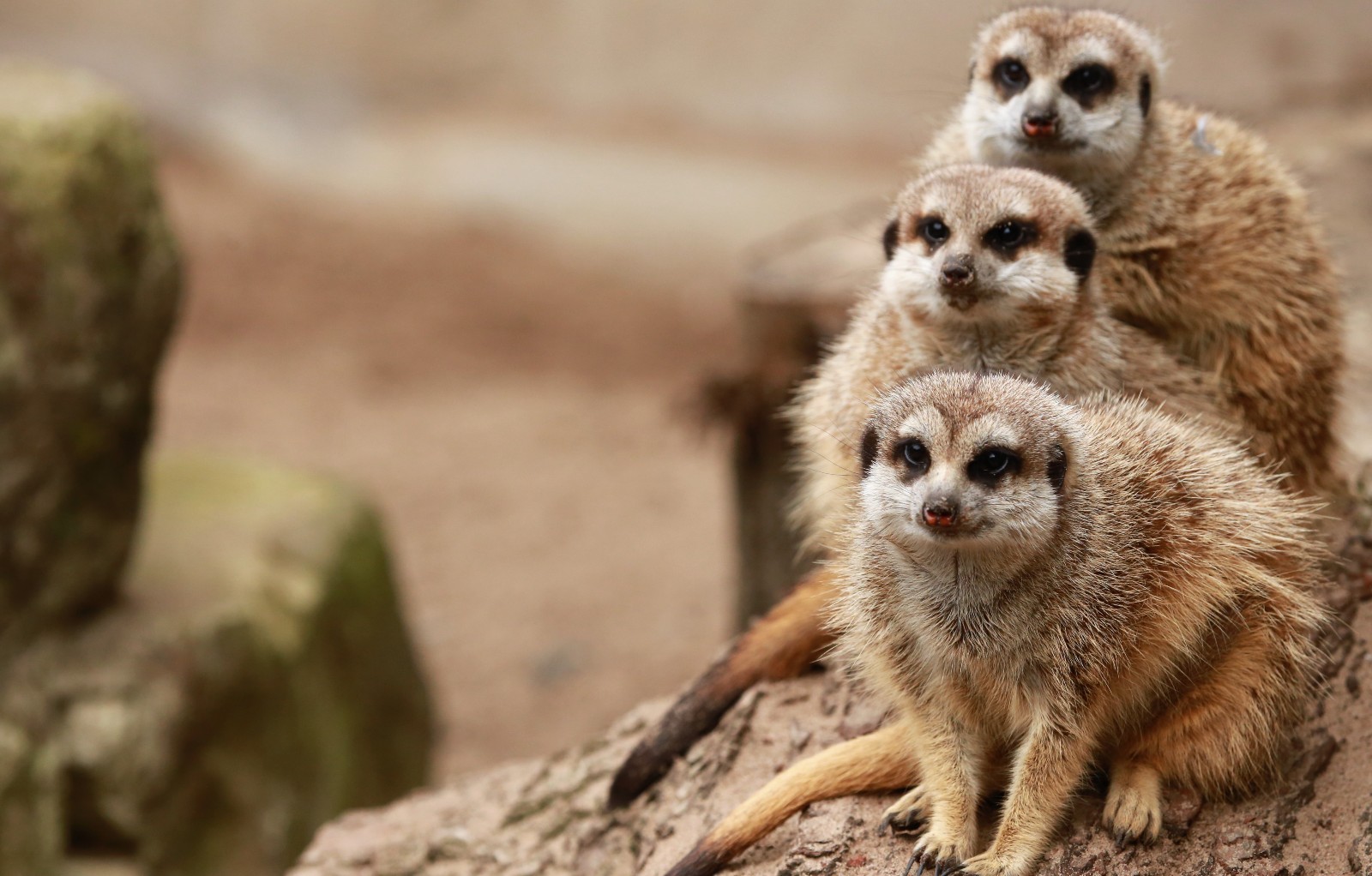Born free report: do zoos put the con in conservation?
DO ZOOS PUT THE CON IN CONSERVATION?
New Research By Born Free Shows The Majority Of Species Kept In Charitable UK Zoos Aren’t Threatened With Extinction.

Our shocking new report, Conservation or Collection?, published on 28th May 2021, highlights that the majority of species found in the UK’s Consortium of Charitable Zoos (CCZ) are not classified as threatened species, and it appears that these zoos have made little effort to adjust this imbalance since it was first identified by Born Free 15 years ago.
Key findings from the report include:
- Only a quarter (26.6%) of species housed in Consortium of Charitable Zoos (CCZ) member organisations are threatened with extinction
- Over half (52.4%) of species housed by CCZ members are categorised as Least Concern on the IUCN Red List, including the two brown bears shot at Whipsnade last week
- Only a third of species (35.4%) born at these zoos are classified as threatened
- CCZ members house more domesticated animals (360) than animals from species which are categorised as Extinct in the Wild (64)
- CCZ members have fewer species in European Association of Zoos and Aquaria (EAZA) breeding programmes than they did 15 years ago (212 vs 218)
Born Free’s Co-Founder and Executive President Will Travers OBE, stated: “The truth about zoos is hard to expose, as layers of self-justification wrap themselves around these institutions. Just how many species have been bred successfully in zoos and returned to the wild? And while an elephant enclosure containing a tiny number of often un-related individuals costs many millions, field conservationists are crying out for even a fraction of those resources to protect wild elephants and their habitats. Bluntly, the multi-billion-pound zoo world promises much but delivers very, very little.”
Born Free is calling on the government to review the now 40-year-old Zoo Licensing Act (1981) to ensure more stringent and meaningful conservation criteria are required of zoos, criteria that are transparent, measurable and in the public domain, and against which zoos can be held to account, both for their implementation and for meeting stated targets.
While zoos do not claim to house only threatened species, they do use ambiguous terms when describing their animals, such as, ’rare‘, ’rarest‘, and ’extraordinary’. The fact that threatened species are in the minority suggests a species selection process which is focused more on species that are perceived to be attractive to the public, rather than those which are threatened and might benefit from being managed outside their natural habitat for conservation purposes (known as ex-situ breeding).
Chris Lewis, Born Free’s Captivity Research Officer said: “Claims by zoos that they contribute to species conservation and public education require careful scrutiny and cannot be taken at face value as justifications for the keeping and breeding of wild animals in captivity. We challenge the zoo industry to live up to its conservation claims and we continue to lobby for policy change in the UK”.
See our full report – Conservation or Collection? Evaluating the conservation status of species housed and bred in charitable UK zoos – by clicking on the link below.
Born Free is calling on the government to review the now 40-year-old Zoo Licensing Act (1981) to ensure more stringent and meaningful conservation criteria are required of zoos, criteria that are transparent, measurable and in the public domain, and against which zoos can be held to account, both for their implementation and for meeting stated targets.
